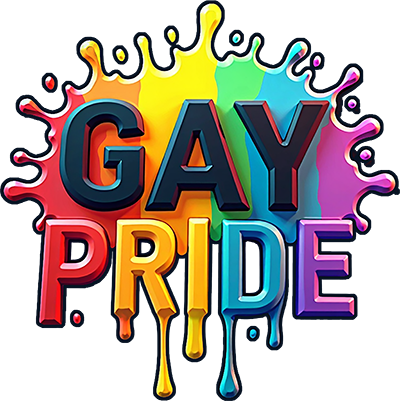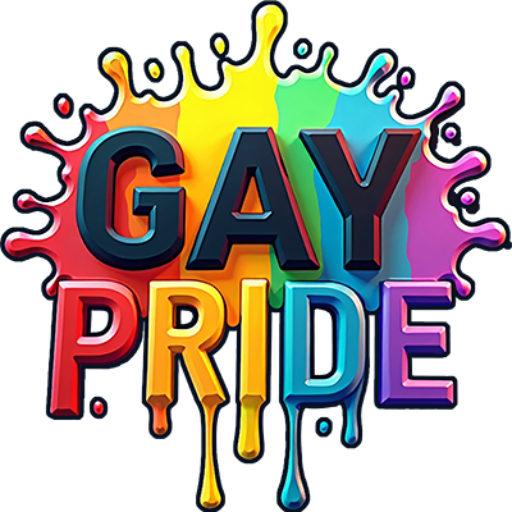Understanding Intersectionality in the LGBTQ Community 🌈
In recent years, the term “intersectionality” has gained significant traction, especially within social justice circles. But what does it really mean, and how does it apply to the LGBTQ community? This blog post dives deep into the complexities and layers of identities that intertwine within this diverse community, highlighting the unique challenges and perspectives that arise. Let’s explore how these intersections shape experiences and why acknowledging them is crucial for fostering inclusivity.
Table of Contents
1. Introduction to Intersectionality
2. What is Intersectionality? 🤔
3. The Role of Intersectionality in the LGBTQ Community
4. Common Intersections and Their Impact
5. Challenges Faced by Intersectional Identities
6. Moving Towards Inclusive Advocacy 🏳️🌈
7. Conclusion
8. FAQs
What is Intersectionality? 🤔
The concept of intersectionality was coined by legal scholar Kimberlé Crenshaw in 1989. It refers to the way various social identities such as race, gender, sexuality, and class overlap and interact to create unique modes of discrimination and privilege. Intersectionality helps us understand that individuals are not defined by a single aspect of their identity but by a combination of many that interconnect and influence their experiences in the world.
The Role of Intersectionality in the LGBTQ Community
In the LGBTQ community, intersectionality plays a crucial role in understanding diverse lived experiences. An LGBTQ person’s identity may intersect with other marginalized identities, such as being a person of color, having a disability, or being part of a religious minority. These intersections can significantly impact how individuals experience acceptance, discrimination, and support within and outside the community.
Common Intersections and Their Impact
Here are some common intersections within the LGBTQ community and how they impact individuals:
1. Race and Ethnicity 🌍
LGBTQ individuals from racial and ethnic minority groups often face compounded discrimination. For example, a Black transgender woman may encounter racism within LGBTQ spaces and transphobia in racial communities, leading to unique challenges in finding inclusive environments.
2. Gender Identity and Sexual Orientation
Gender identity and sexual orientation are distinct but often overlapping categories. A bisexual person may face erasure in both heterosexual and homosexual spaces, while a non-binary person might struggle with being recognized and validated due to societal norms around gender.
3. Socioeconomic Status 💸
Socioeconomic status can influence access to resources like healthcare, education, and housing. LGBTQ individuals from lower socioeconomic backgrounds might face barriers to accessing gender-affirming care or safe housing, exacerbating their struggles.
4. Disability
LGBTQ individuals with disabilities may experience ableism alongside homophobia or transphobia. Accessibility in LGBTQ spaces and events is crucial for ensuring full participation and representation.
Challenges Faced by Intersectional Identities
Individuals with intersectional identities often face unique challenges, such as:
1. **Double or Triple Discrimination:** Experiencing multiple layers of discrimination can be overwhelming and isolating.
2. **Lack of Representation:** Media and mainstream LGBTQ narratives often overlook intersectional identities, leading to a lack of role models and stories that resonate.
3. **Invisibility and Erasure:** Intersectional identities may be erased or invalidated by focusing on single-issue frameworks rather than holistic approaches.
Moving Towards Inclusive Advocacy 🏳️🌈
To foster a more inclusive LGBTQ community, it’s essential to recognize and address intersectionality. Here are some steps we can take:
1. **Inclusive Representation:** Amplify the voices and stories of those with intersectional identities in media and advocacy efforts.
2. **Education and Awareness:** Educate ourselves and others about the importance of intersectionality and the diverse experiences within the LGBTQ community.
3. **Policy and Practice:** Advocate for policies that consider intersectional experiences, ensuring that all community members receive the support they need.
4. **Community Building:** Create safe spaces where individuals from all backgrounds can share their experiences and find support.
Conclusion
Understanding intersectionality in the LGBTQ community is essential for creating a truly inclusive and supportive environment. By acknowledging and addressing the complex realities of intersectional identities, we can work towards a future where every individual feels seen, heard, and valued. Let’s continue to listen, learn, and advocate for a world that celebrates diversity in all its forms.
FAQs
Q1: What does intersectionality mean in simple terms?
A1: Intersectionality refers to the way different aspects of a person’s identity, such as race, gender, and sexuality, overlap and interact to create unique experiences of discrimination or privilege.
Q2: Why is intersectionality important in the LGBTQ community?
A2: It helps us understand the diverse experiences within the community and ensures that advocacy efforts address the needs of all individuals, not just those who fit a singular narrative.
Q3: How can I support intersectional identities within the LGBTQ community?
A3: You can support by educating yourself, amplifying diverse voices, advocating for inclusive policies, and creating safe spaces for all identities to be represented and heard.
Q4: Can intersectionality apply to other communities outside LGBTQ?
A4: Yes, intersectionality is a framework that can be applied to any community to understand how various social identities intersect and affect individuals’ experiences.
Q5: How can media contribute to intersectional representation?
A5: Media can contribute by showcasing diverse stories and characters that reflect the broad spectrum of identities and experiences, thus educating and raising awareness among audiences.

